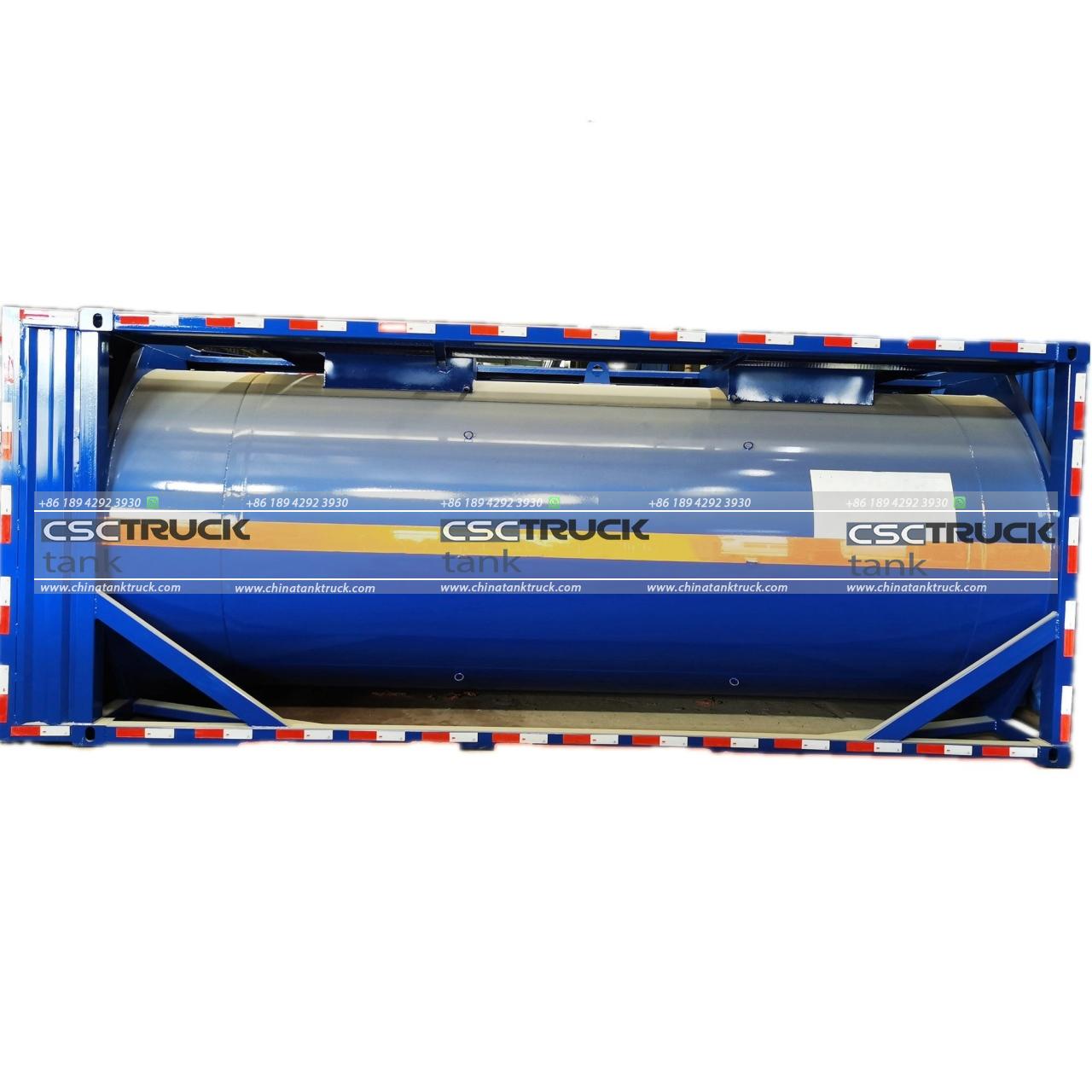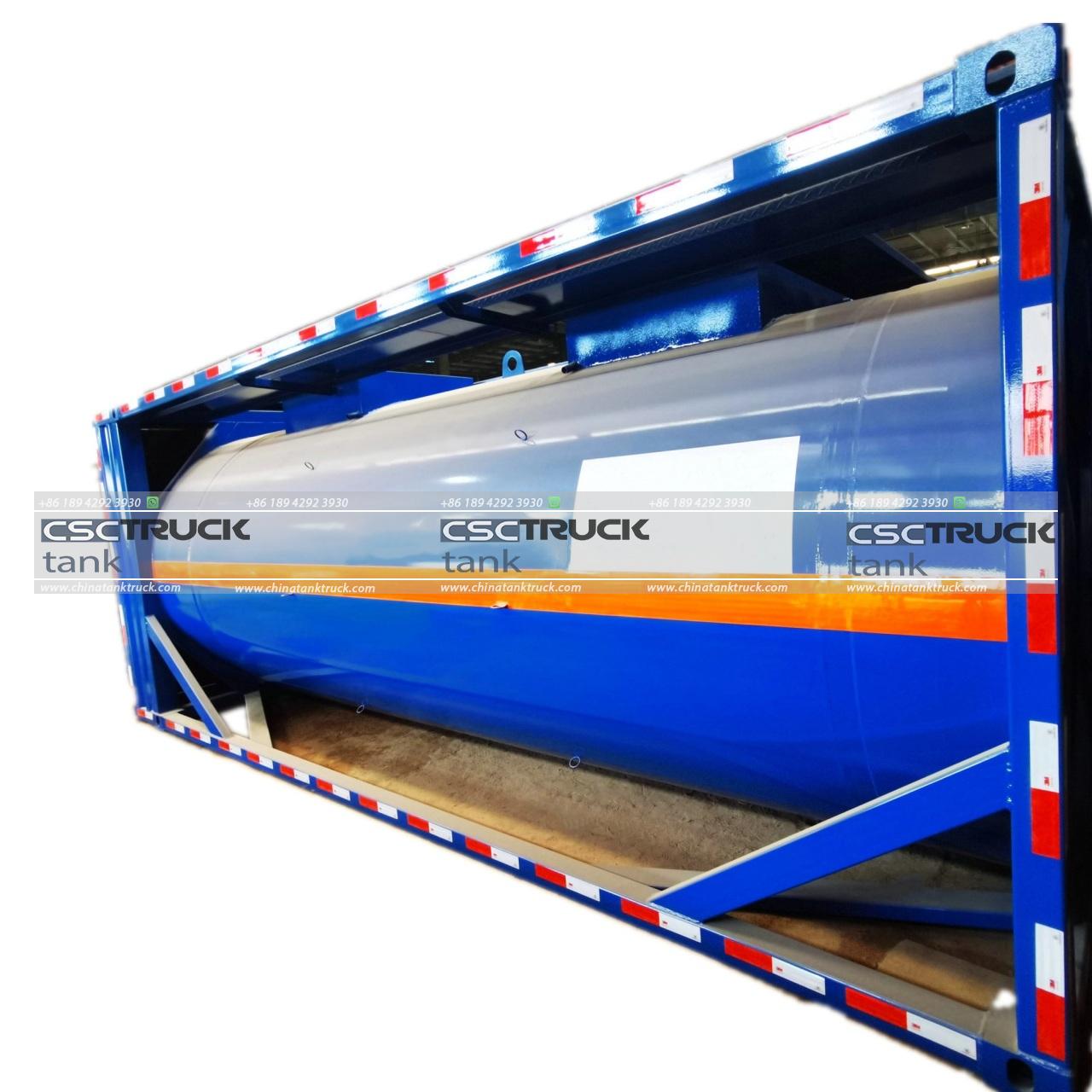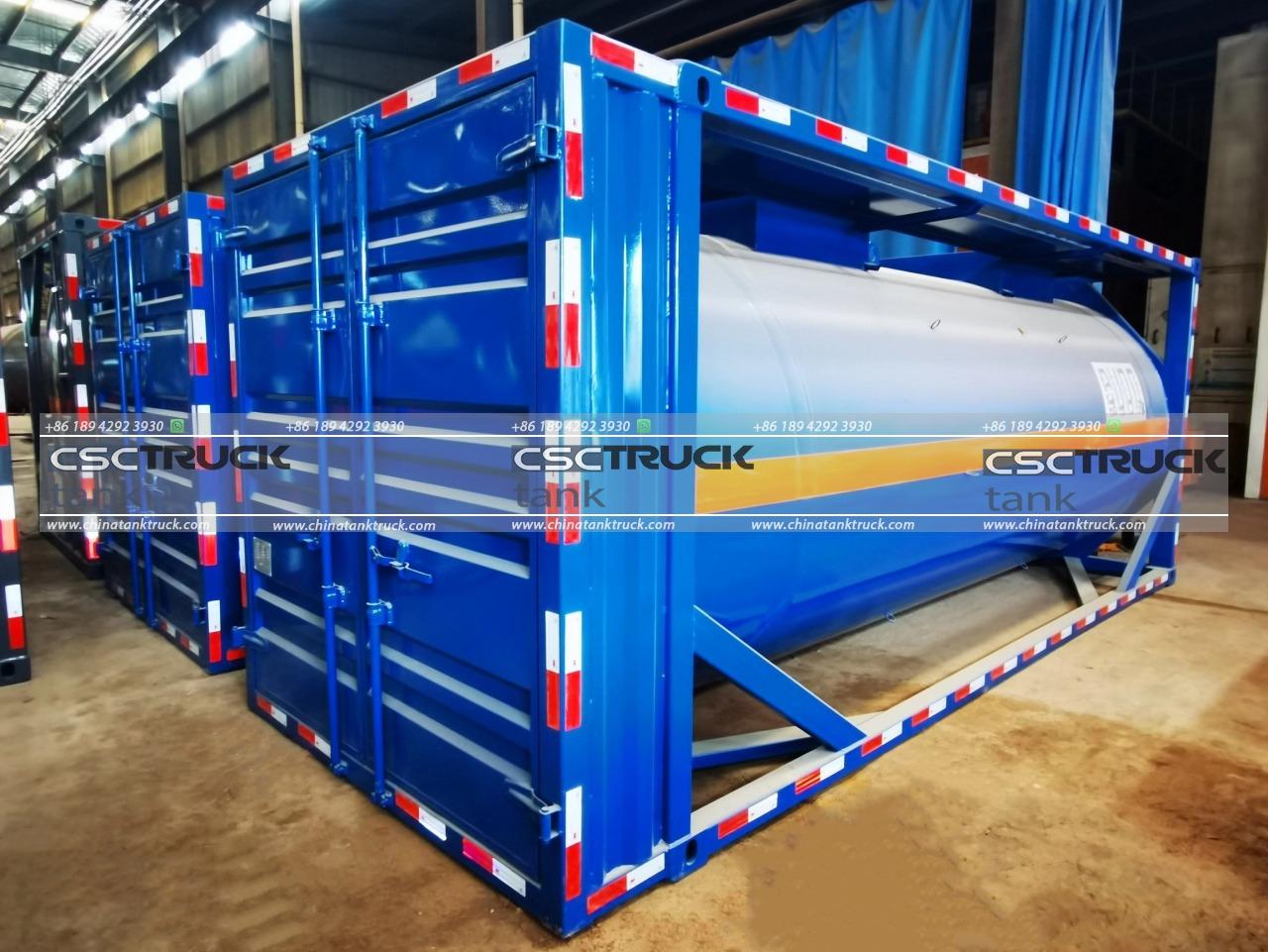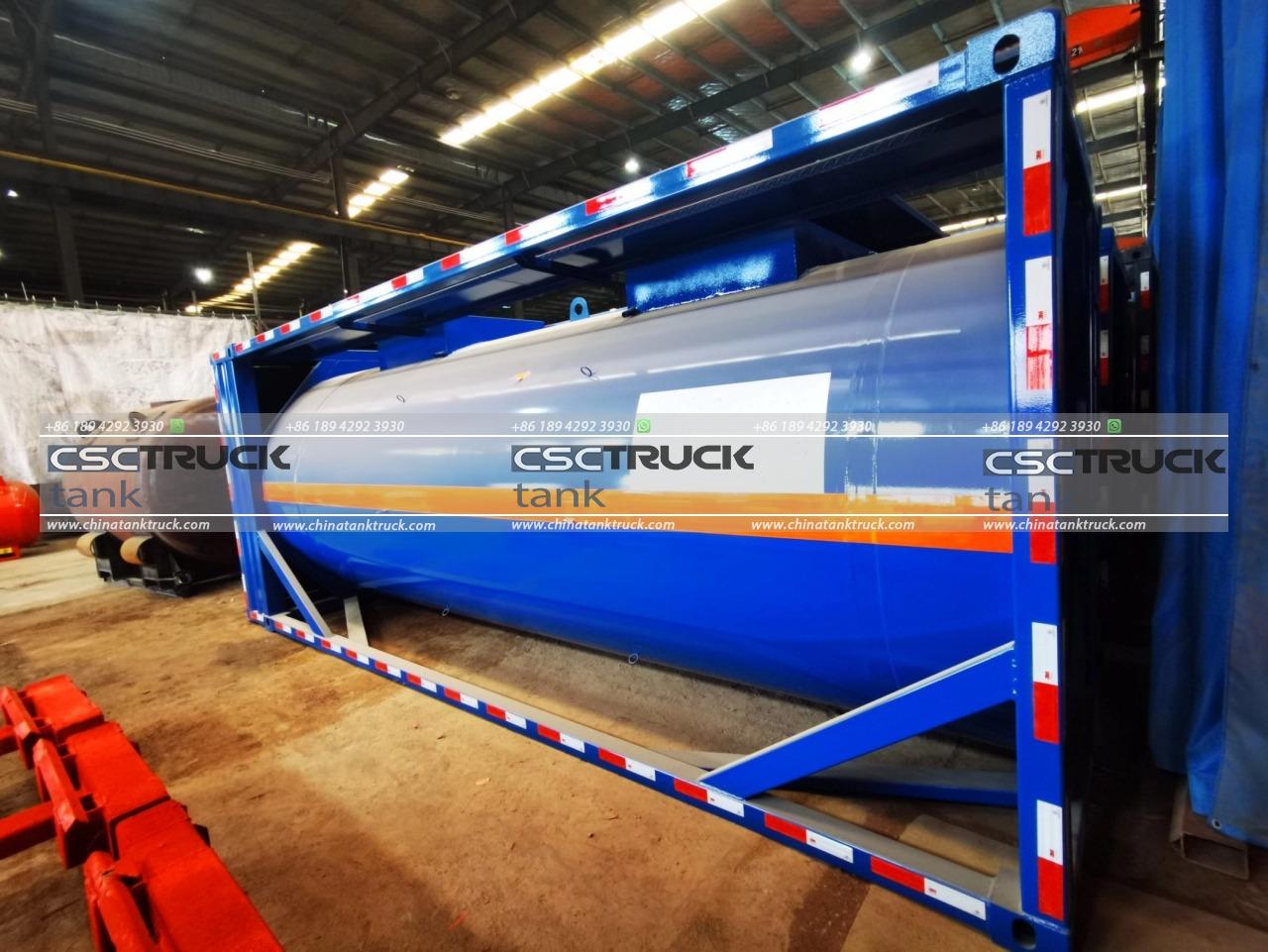What Type of Frame is an ISO Tank?
Introduction
An ISO tank, also known as an ISO container, is a type of intermodal container designed to carry liquids, gases, or powders in bulk. These tanks are built according to the International Organization for Standardization (ISO) standards, which ensure uniformity in size, strength, and durability, making them suitable for transport via sea, rail, and road. The ISO tank itself consists of a cylindrical container housed within a steel frame. This article delves into the type of frame used in an ISO tank, its specifications, importance, and role in the safe and efficient transport of goods.
Basic Structure of an ISO Tank
An ISO tank is essentially a pressure vessel, usually made from stainless steel, encased in a protective steel frame. This frame is crucial because it ensures the tank’s structural integrity during transportation and handling. The frame provides the tank with strength, allowing it to withstand the stresses of loading, unloading, and transport, while also offering protection from external forces.
The tank’s cylindrical body is usually designed to carry liquid or gas cargo, which could range from chemicals and food-grade substances to petroleum products. However, the type of frame around the tank is what makes it uniquely robust and able to conform to international transportation requirements.

ISO Frame Standards
The frame of an ISO tank must comply with ISO 668, the international standard that governs the classification, dimensions, and ratings for freight containers. The ISO 668 standard stipulates that the frame must be designed to handle specific loads and environmental factors during intermodal transport.
The frame’s design ensures compatibility with the container-handling systems used in ports, terminals, and vehicles worldwide. These systems include cranes, forklifts, and chassis specifically designed to handle ISO containers. By meeting ISO standards, the frame can be seamlessly transported across various modes of transportation without requiring special equipment.
Dimensions and Components of the Frame
The most common ISO tank containers are built to the standard 20-foot container dimensions, but they can also come in 10-foot, 30-foot, and 40-foot versions. The frame is designed around the outer dimensions of a standard ISO shipping container to ensure compatibility. Typical ISO tanks have a frame with dimensions as follows:
– Length: 19.86 ft (6.058 meters)
– Width: 8 ft (2.438 meters)
– Height: 8.6 ft (2.591 meters)
This standard sizing allows ISO tanks to fit perfectly within container stacking systems used in the global shipping industry.

Components of the Frame
1. Corner Castings: The frame’s most crucial components are the corner castings, located at the 4 corners of the tank. These castings serve as connection points for handling equipment, such as container cranes and twist locks. They are also critical for securing the tank to transport vehicles.
2. Longitudinal Beams: These are the horizontal beams running along the length of the container. They provide structural support and rigidity to the frame. These beams are designed to resist bending and torsional forces during transport.
3. End Frames: The vertical structures at each end of the tank provide support to the longitudinal beams and hold the corner castings. End frames are responsible for withstanding compressive forces, especially during stacking or when subjected to external forces such as high winds or rough handling.
4. Base Frame: The base frame supports the tank’s weight, distributing it evenly across the frame to ensure stability during transportation. It also provides attachment points for securing the tank onto flatbed trailers, railcars, or container ships.
5. Protection Bars: These bars are often included to protect vulnerable parts of the tank, such as the valves and pipes, from impact during transport or handling.
Role of the Frame in Safety and Structural Integrity
The frame plays a pivotal role in ensuring the structural integrity of the ISO tank during transportation. It not only supports the tank itself but also protects it from external damage. The tank is typically suspended within the frame, allowing some degree of flexibility to absorb shocks and vibrations that occur during transit.
One of the most critical functions of the frame is to ensure that the tank remains stable during transport. This is especially important when transporting hazardous or pressurized materials. A robust frame reduces the risk of accidents, leaks, or spills, ensuring that dangerous goods can be transported safely across long distances.
Moreover, the frame must withstand various forces encountered during transportation, including lateral forces caused by acceleration or deceleration, as well as vertical forces from stacking or lifting. The frame is designed to distribute these forces evenly across its structure, ensuring the tank remains intact and the cargo stays secure.

Frame Materials and Construction
The frame of an ISO tank is typically made from high-strength steel, which provides the necessary durability and resistance to environmental conditions. Steel is the material of choice because it offers high tensile strength, corrosion resistance, and the ability to withstand extreme temperatures and pressures. In some cases, additional coatings or treatments may be applied to protect the steel from rust or chemical damage.
The manufacturing process of the frame involves welding, cutting, and assembly of the steel components to ensure precise alignment and strength. After construction, the frame undergoes rigorous testing to verify that it meets ISO standards for strength, durability, and safety. This includes load testing, where the frame is subjected to various stress conditions to simulate real-world transportation scenarios.
Importance of ISO Standards
The ISO standards governing tank frames ensure that they can be safely transported across multiple modes of transportation. Whether the tank is being shipped by sea, rail, or road, the frame’s design ensures that it can withstand the forces encountered during each mode of transport. The standardization also allows for interchangeability, meaning that a tank can easily be transferred between different transportation systems without requiring special handling equipment.
ISO standards are particularly crucial when transporting hazardous materials, as they ensure that the tank and frame can endure the pressures and environmental factors that might compromise the integrity of the cargo. In many countries, ISO certification is a legal requirement for transporting dangerous goods.

Conclusion
The frame of an ISO tank is a vital component that ensures the safety, durability, and compatibility of the tank for intermodal transport. By adhering to strict ISO standards, the frame can withstand the rigors of global transportation, protecting both the tank and its cargo. Whether it’s transporting chemicals, food products, or gases, the robust design and construction of the ISO tank frame make it an essential tool in the modern global supply chain. The standardization of the frame ensures efficient handling, reduced risk of accidents, and the seamless integration of ISO tanks into the world’s transportation systems.

